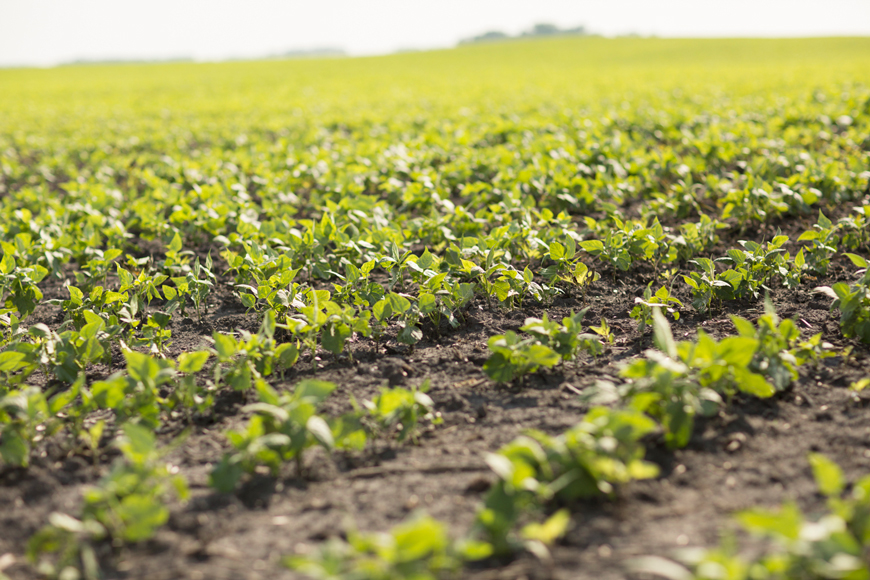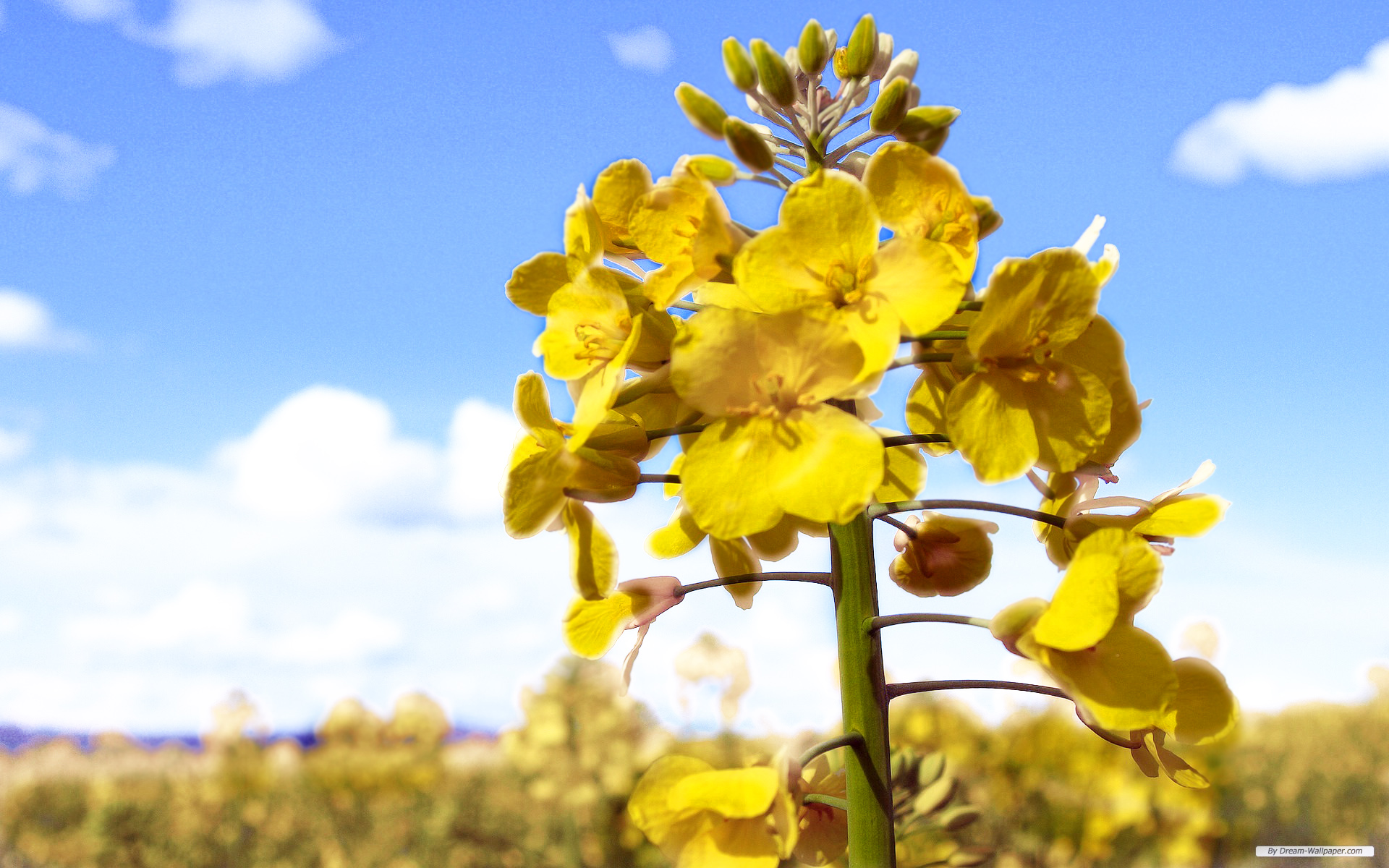Timing Is Key to Success With Double-Crop Soybeans

Double-cropping soybeans along with corn and adding a wheat crop can be a profitable alternative to a traditional corn/soybean rotation. Good timing, careful planning and strong stand establishment are just some of the factors that are critical for a successful double-crop system.
Adhere to the timetable
Typical timing for a corn/double-crop soybean/wheat rotation goes something like this:
-
Plant corn crop in April of year one; harvest in September
-
Plant wheat crop in October; harvest in June
-
Plant soybean crop in mid- to late June; harvest in October
Potential advantages of a double-crop system
Double-cropping soybeans is all about optimizing yield and profitability potential. It’s important to stick with this management strategy year over year to achieve consistency. Benefits include:
-
Ground cover on your farm for longer periods of time (about 18 months of cover in a 24-month period with a corn, wheat and double-crop soybean rotation) — this helps combat soil erosion and suppress weed emergence
-
Summer cash flow from wheat harvest
Potential risks of a double-crop system
Again, consistency is important. If you jump in and out of a double-crop system, the benefits probably won’t occur. Potential risks of a double-crop system include:
-
Less yield potential from later-planted soybeans than conventional soybeans planted in the spring, particularly if rainfall is insufficient
-
Not enough help to plant the second soybean crop, as you’ll likely be finishing up planting and spraying your full-season soybeans and harvesting your wheat crop at the same time
Choose your double-crop soybean variety wisely
Since your soybeans planted after wheat won’t have the opportunity to get as tall as your full season soybean crop, you’ll need to plant varieties with later maturities. Planting at higher populations and choosing a taller variety that’s suitable for your environment and market are also important. With a limited growing window, you’ll need to force some height and nodes from your plants.
Pythium and Phytophthora seedling diseases are real possibilities if weather turns warm and wet, so don’t skimp on seed treatments for your double crop soybean. You can’t struggle to establish stands because there’s no opportunity to replant.
Manage wheat stubble when planting the second soybean crop
Regardless of your tillage method, if you put wheat into a corn and double-crop soybean rotation, you’ll have a solid mat of wheat stubble after you harvest that crop. Some farmers do a burn to get rid of it, some farmers disk the soil and then plant, while others leave the stubble standing and plant right through it. Talk with your agronomist about how to manage wheat stubble to get optimal seed-to-soil contact for your double crop soybeans.
Use the same equipment when planting wheat in the fall
If you’re double-cropping soybeans and are planting wheat in the October timeframe with a June harvest, the best way to achieve uniformity in the number of heads per square foot is to apply your wheat seed with a drill in 7.5-inch rows. Many farmers plant soybeans in 15-inch rows. This difference in row width may necessitate an extra piece of planting equipment, but most everything else should be the same (e.g., combine, header and sprayer).
Time fertility right
You’ll want to fertilize your double-crop soybeans in the fall, along with your wheat crop. That extra fertility will take care of your soybeans from a phosphorus and potassium perspective, as opposed to putting a fertilizer truck back on those acres in June in front of your soybeans.
Double-crop soybeans can be tricky but also rewarding. Talk with your trusted local advisor to see if they could be a good investment for your operation.
All photos are either the property of WinField United or used with permission.
Important: Before use always read and follow label instructions. Crop performance is dependent on several factors many of which are beyond the control of WinField United, including without limitation, soil type, pest pressures, agronomic practices, and weather conditions. Growers are encouraged to consider data from multiple locations, over multiple years, and be mindful of how such agronomic conditions could impact results.
© 2020 WinField United. WinField® is a trademark of WinField United.




